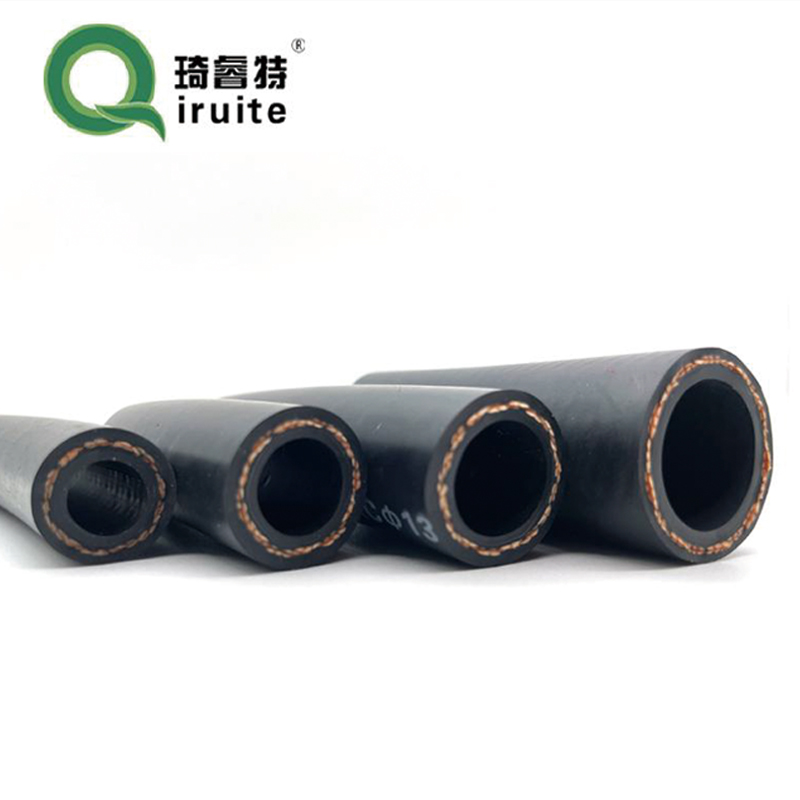Tips for Efficiently Repairing Your Auto AC Hose System
Understanding Auto AC Hose Repair A Comprehensive Guide
As temperatures rise, the importance of a fully functional air conditioning (AC) system in your vehicle cannot be overstated. One critical component of the AC system is the AC hose, which plays a vital role in the circulation of refrigerant. When these hoses become damaged or worn, you may experience reduced cooling performance, leading to discomfort during hot weather. This article will guide you through the essentials of auto AC hose repair, helping you understand the issues involved and how to address them.
Common Causes of AC Hose Issues
Auto AC hoses are subject to various types of wear and tear over time. Here are some common causes of damage
1. Age and Wear Like any other component of a vehicle, AC hoses deteriorate with age. Rubber hoses can become brittle, crack, or develop leaks after years of exposure to heat and pressure.
2. Mechanical Damage Impact from road debris, accidents, or improper installation can lead to physical damage to the hoses, causing leaks or disconnections.
3. Corrosion Metal fittings on hoses can corrode due to moisture and contaminants, which can jeopardize seal integrity and lead to refrigerant leaks.
4. Temperature Fluctuations Extreme temperature changes can expand and contract the hoses, contributing to wear and possibly causing them to burst.
Signs You Need AC Hose Repair
Recognizing the signs that indicate your AC hose may be in trouble can save you from costly repairs down the line. Here are some key indicators
- Reduced Cooling Performance If your AC system is blowing warm air or not cooling effectively, this could be due to a refrigerant leak often caused by a faulty hose.
auto ac hose repair

- Visible Damage Check for cracks, fraying, or signs of wear on your hoses. Any visible damage should prompt an inspection.
- Refrigerant Odor A sweet smell within the vehicle might indicate refrigerant leakage, suggesting that your AC hose may be compromised.
- Hissing or Bubbling Sounds Noises from the AC system can indicate a leak in the hoses. If you hear such sounds, it’s essential to investigate further.
Repairing or Replacing the AC Hose
When it comes to dealing with a damaged AC hose, you typically have two options repair or replacement. Here’s an overview of each method
1. Repair If the damage is minor, you can often patch it up. Temporary solutions like using self-sealing tape or hose clamps can be effective for small leaks. However, these are not long-term fixes and should only be used as stopgap measures.
2. Replacement In cases where the hose is severely damaged or leaking, replacement is usually the best option. It ensures a proper seal and maintains the efficiency of your AC system. Replacement involves the following steps
- Diagnosing the Issue A professional mechanic will assess the entire AC system to confirm that the hose is indeed the problem. - Removing the Old Hose The mechanic will safely evacuate the refrigerant before disconnecting the damaged hose from the AC system. - Installing a New Hose A new hose will be installed, and all connections will be checked for leaks. - Recharging the System After replacing the hose, the AC system must be recharged with refrigerant to restore it to proper operation.
Conclusion
Auto AC hose repair is a critical aspect of maintaining your vehicle’s air conditioning system. Being vigilant about signs of wear and knowing how to address issues can prevent discomfort during hot months and ensure your system remains in optimal condition. Whether you choose to repair or replace a damaged hose, consulting with a professional mechanic is always a good course of action to ensure the job is done correctly, reinforcing the longevity and efficiency of your vehicle’s AC system.
-
Ultimate Spiral Protection for Hoses & CablesNewsJun.26,2025
-
The Ultimate Quick-Connect Solutions for Every NeedNewsJun.26,2025
-
SAE J1401 Brake Hose: Reliable Choice for Safe BrakingNewsJun.26,2025
-
Reliable J2064 A/C Hoses for Real-World Cooling NeedsNewsJun.26,2025
-
Heavy-Duty Sewer Jetting Hoses Built to LastNewsJun.26,2025
-
Fix Power Steering Tube Leaks Fast – Durable & Affordable SolutionNewsJun.26,2025

